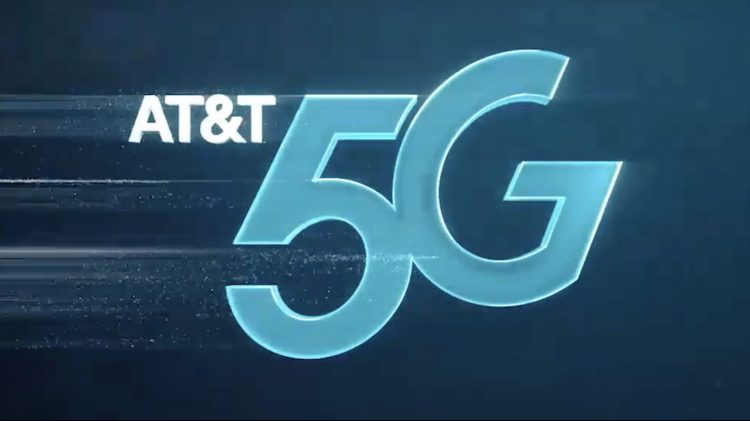As 5G networks continue to launch and spread across the world, most of the attention has been on consumer devices and potential killer apps. But second-place U.S. wireless carrier AT&T believes that its first revenue growth in the 5G era will come from businesses.
The outlook was shared by AT&T CFO John Stephens, who answered questions during Deutsche Bank’s Media, Internet, and Telecom Conference (read the transcript via Seeking Alpha). Describing business uses of 5G as “the most exciting opportunity we have” during the 5G buildout process, Stephens said that AT&T is “convinced that business will lead in the innovation around 5G,” thanks to improvements the next-generation cellular standard will bring to the industrial world.
Referencing 5G’s ability to help automate factories, improve health care, and inspire new internet of things applications, Stephens said that AT&T believes businesses will grab the new opportunities, generating “the first set of revenue growth and innovative applications that we’ll see.” Meanwhile, regular customers will continue to see the benefits of recent pre-5G improvements to AT&T’s LTE network, which the company has controversially branded as 5G Evolution.
The carrier’s business focus is particularly interesting because of the breadth of its network expansion plans. During 2020, AT&T expects that its 5G network will cover around 200 million people — over 60 percent of the U.S. population — which would give it ample opportunity to grow beyond its current base of just over 150 million wireless subscribers.
June 5th: The AI Audit in NYC
Join us next week in NYC to engage with top executive leaders, delving into strategies for auditing AI models to ensure fairness, optimal performance, and ethical compliance across diverse organizations. Secure your attendance for this exclusive invite-only event.
But the carrier experienced its first ever downturn in wireless subscribers last year, which it blamed in part on declining demand for tablets and a reduction in discounting. All three of its main rivals, led by T-Mobile, grew their customer bases. And all of those rivals have announced plans to aggressively target consumers with new 5G services, ranging from mobile hotspots and handsets to home broadband.
Focusing on businesses could give AT&T the opportunity to sell large numbers of new 5G subscriptions and devices at once. In the foreseeable future, 5G networks are expected to host billions of Internet of Things sensors, each of which will have its own cellular chip and SIM, radically increasing the number of cellular subscriptions. It’s possible that the profits from industrial uses could be used to keep 5G prices low for customers, though there’s no indication yet from AT&T — and possibly evidence to the contrary — that such will actually be the case.
AT&T launched a limited-scale 5G mobile offering across parts of 12 cities late last year. At CES this January, the carrier promised to offer “nationwide” 5G coverage next year.

